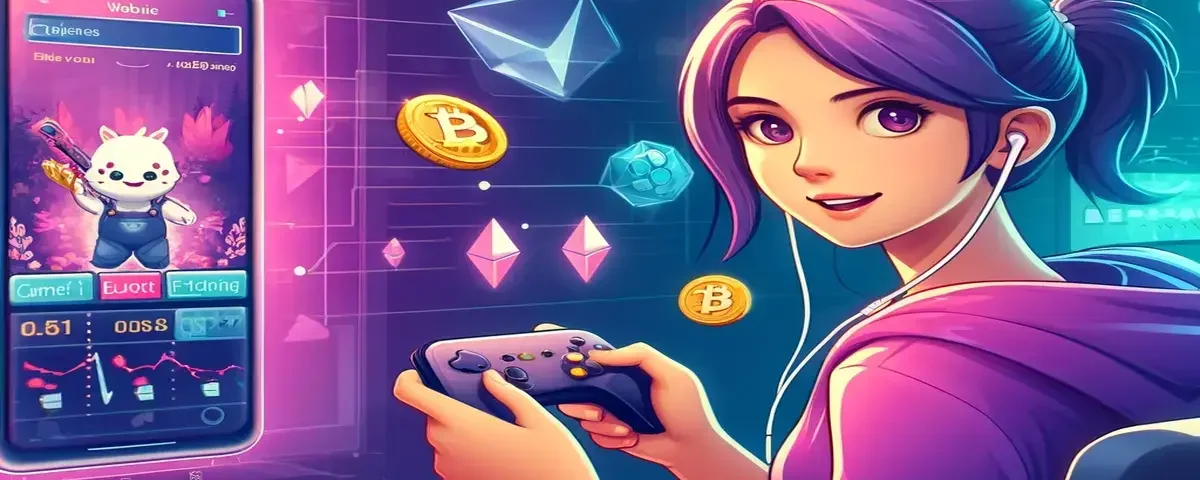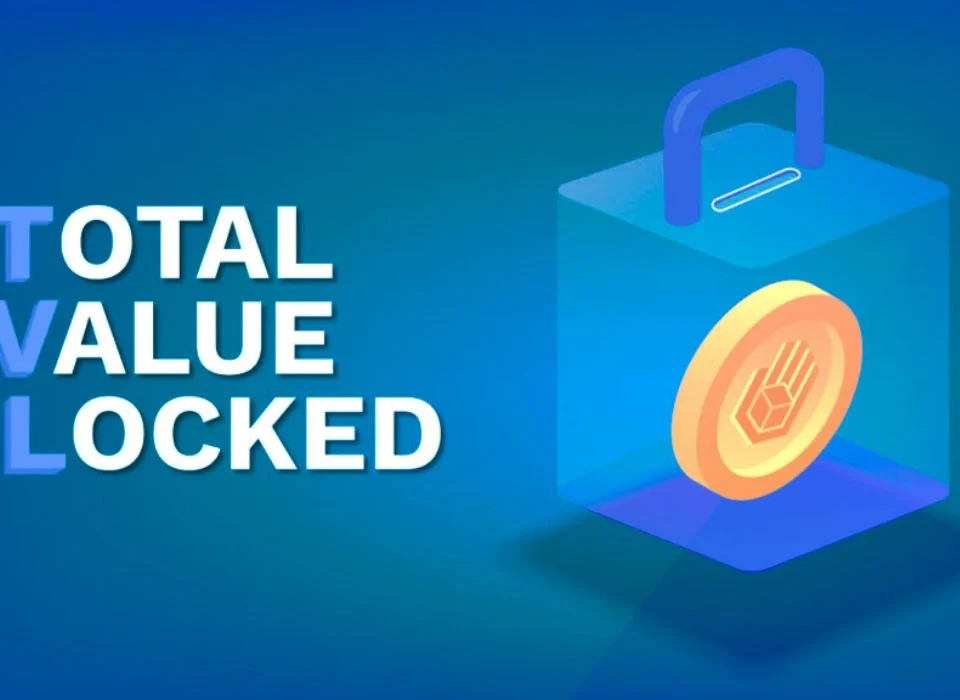
How to Manage Cryptocurrency Risk
27/07/2024
The Benefits and Risks of Crypto Swaps
30/07/2024The Role of Blockchain in Gaming
Blockchain technology has been making waves in various industries, and the gaming sector is no exception. The integration of blockchain in gaming offers numerous benefits, from enhancing security and transparency to creating new economic opportunities for players and developers. This comprehensive guide explores the role of blockchain in gaming, its benefits, challenges, and future prospects.
Introduction to Blockchain Technology
What is Blockchain?
Blockchain is a decentralized, distributed ledger technology that records transactions across a network of computers. It ensures data integrity, security, and transparency by using cryptographic algorithms. Each block in the blockchain contains a list of transactions, and once a block is completed, it is added to the chain in a linear, chronological order.
How Blockchain Works in Gaming
In the gaming industry, blockchain can be used to create secure and transparent systems for managing in-game assets, verifying transactions, and enabling decentralized game economies. By leveraging blockchain technology, game developers can offer players true ownership of digital assets and create more immersive and interactive gaming experiences.
Benefits of Blockchain in Gaming
True Ownership of In-Game Assets
One of the most significant advantages of blockchain in gaming is the ability to provide players with true ownership of their in-game assets. Traditionally, in-game items and currencies are controlled by the game developers, meaning players do not have actual ownership. Blockchain allows for the creation of non-fungible tokens (NFTs), which represent unique in-game assets that players can own, trade, and sell independently of the game.
Enhanced Security
Blockchain technology enhances security by providing a decentralized and tamper-proof system for recording transactions. This reduces the risk of hacking, fraud, and unauthorized access to in-game assets. Players can be confident that their digital assets are secure and protected.
Transparency and Fairness
Blockchain ensures transparency by recording all transactions on a public ledger. This transparency promotes fairness in gaming, as players can verify the integrity of the game and ensure that the rules are being followed. It also reduces the potential for cheating and manipulation by both players and developers.
Interoperability
Blockchain enables interoperability between different games and platforms. Players can use their in-game assets across multiple games, creating a more seamless and integrated gaming experience. This interoperability also opens up new opportunities for collaboration and partnerships between game developers.
Decentralized Game Economies
Blockchain facilitates the creation of decentralized game economies, where players can buy, sell, and trade in-game assets in a peer-to-peer manner. This creates new economic opportunities for players and allows them to earn real-world value from their gaming activities. Decentralized game economies also reduce the reliance on centralized intermediaries, giving players more control over their assets.
Improved Monetization for Developers
Blockchain offers new monetization opportunities for game developers. By creating tokenized in-game assets and enabling decentralized marketplaces, developers can generate revenue from transaction fees, asset sales, and other blockchain-based economic activities. This can lead to more sustainable and profitable game development models.
Use Cases of Blockchain in Gaming
Non-Fungible Tokens (NFTs)
NFTs are unique digital assets that represent ownership of in-game items, such as weapons, skins, characters, and virtual real estate. NFTs are stored on the blockchain, ensuring their scarcity and authenticity. Players can trade NFTs on various marketplaces, giving them real-world value.
Examples of NFTs in Gaming
- CryptoKitties: One of the earliest examples of NFTs in gaming, CryptoKitties allows players to collect, breed, and trade unique digital cats.
- Axie Infinity: A popular blockchain-based game where players collect, breed, and battle creatures called Axies, which are represented as NFTs.
- Decentraland: A virtual world where players can buy, sell, and build on virtual land parcels, represented as NFTs.
Play-to-Earn (P2E) Models
Play-to-Earn (P2E) is a gaming model where players can earn cryptocurrency or other digital assets by playing games. This model incentivizes players to spend more time in the game and creates new economic opportunities.
Examples of P2E Games
- Axie Infinity: Players earn the game’s native cryptocurrency, SLP (Smooth Love Potion), by participating in battles and completing quests.
- The Sandbox: A virtual world where players can earn SAND tokens by creating and trading digital assets, participating in events, and completing challenges.
Decentralized Marketplaces
Blockchain enables the creation of decentralized marketplaces where players can trade in-game assets directly with each other. These marketplaces operate without centralized intermediaries, reducing fees and increasing transparency.
Examples of Decentralized Marketplaces
- OpenSea: One of the largest decentralized marketplaces for NFTs, including in-game items and virtual real estate.
- Rarible: A decentralized platform where users can create, buy, and sell NFTs, including digital art and in-game assets.
Provably Fair Gaming
Blockchain technology can be used to create provably fair gaming systems, where players can verify the fairness of game outcomes. This is particularly important for online gambling and betting games, where trust and transparency are crucial.
Examples of Provably Fair Gaming
- FunFair: A blockchain-based platform for online casinos, offering provably fair games using smart contracts.
- Edgeless: A decentralized casino platform that uses blockchain to ensure fairness and transparency in all games.
Challenges of Blockchain in Gaming
Scalability
Blockchain networks can face scalability issues, particularly when dealing with high transaction volumes. This can lead to slow transaction times and high fees, affecting the user experience. Solutions such as layer-2 scaling and more efficient consensus mechanisms are being developed to address these challenges.
User Experience
The user experience for blockchain-based games can be complex, particularly for non-technical users. Setting up wallets, managing private keys, and understanding blockchain concepts can be daunting. Improving the user interface and providing better educational resources are essential for mainstream adoption.
Regulatory and Legal Issues
The regulatory environment for blockchain and cryptocurrencies is still evolving. Game developers need to navigate complex legal landscapes and ensure compliance with relevant laws and regulations. This includes issues related to token issuance, securities laws, and data protection.
Environmental Concerns
Blockchain networks, particularly those using proof-of-work consensus mechanisms, can have significant environmental impacts due to high energy consumption. Transitioning to more energy-efficient consensus mechanisms, such as proof-of-stake, can help mitigate these concerns.
Future Prospects of Blockchain in Gaming
Mainstream Adoption
As blockchain technology matures and scalability improves, we can expect broader adoption of blockchain-based games. Mainstream game developers and publishers are likely to explore blockchain integration, creating more opportunities for players and developers.
Enhanced Interoperability
Future developments in blockchain technology will enhance interoperability between different games and platforms. This will allow players to use their in-game assets across multiple games and create more connected gaming experiences.
New Game Mechanics and Genres
Blockchain technology will enable the development of new game mechanics and genres that were not possible before. This includes games with decentralized governance, where players can influence game development and decision-making processes through token-based voting.
Integration with Virtual and Augmented Reality
The integration of blockchain with virtual reality (VR) and augmented reality (AR) will create more immersive and interactive gaming experiences. Players will be able to own, trade, and interact with digital assets in virtual worlds, blurring the lines between the digital and physical realms.
Conclusion
Blockchain technology is poised to revolutionize the gaming industry by providing true ownership of in-game assets, enhancing security and transparency, and enabling decentralized game economies. Despite challenges related to scalability, user experience, and regulation, the future of blockchain in gaming looks promising. As the technology continues to evolve, it will open up new opportunities for innovation, economic empowerment, and immersive gaming experiences. Whether you are a player, developer, or investor, understanding the role of blockchain in gaming is essential for navigating this exciting and rapidly evolving landscape.



